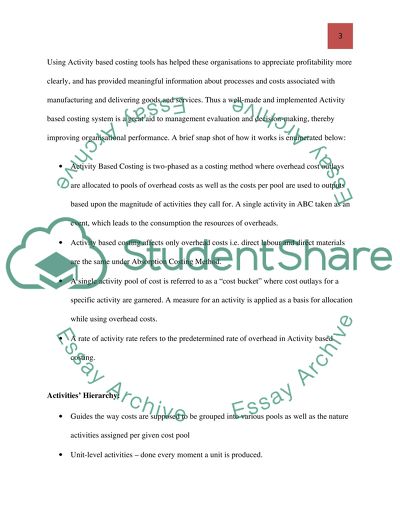Cite this document
(“Costing and Traditional Costing Essay Example | Topics and Well Written Essays - 2750 words”, n.d.)
Retrieved from https://studentshare.org/finance-accounting/1393795-costing-and-traditional-costing
Retrieved from https://studentshare.org/finance-accounting/1393795-costing-and-traditional-costing
(Costing and Traditional Costing Essay Example | Topics and Well Written Essays - 2750 Words)
https://studentshare.org/finance-accounting/1393795-costing-and-traditional-costing.
https://studentshare.org/finance-accounting/1393795-costing-and-traditional-costing.
“Costing and Traditional Costing Essay Example | Topics and Well Written Essays - 2750 Words”, n.d. https://studentshare.org/finance-accounting/1393795-costing-and-traditional-costing.


